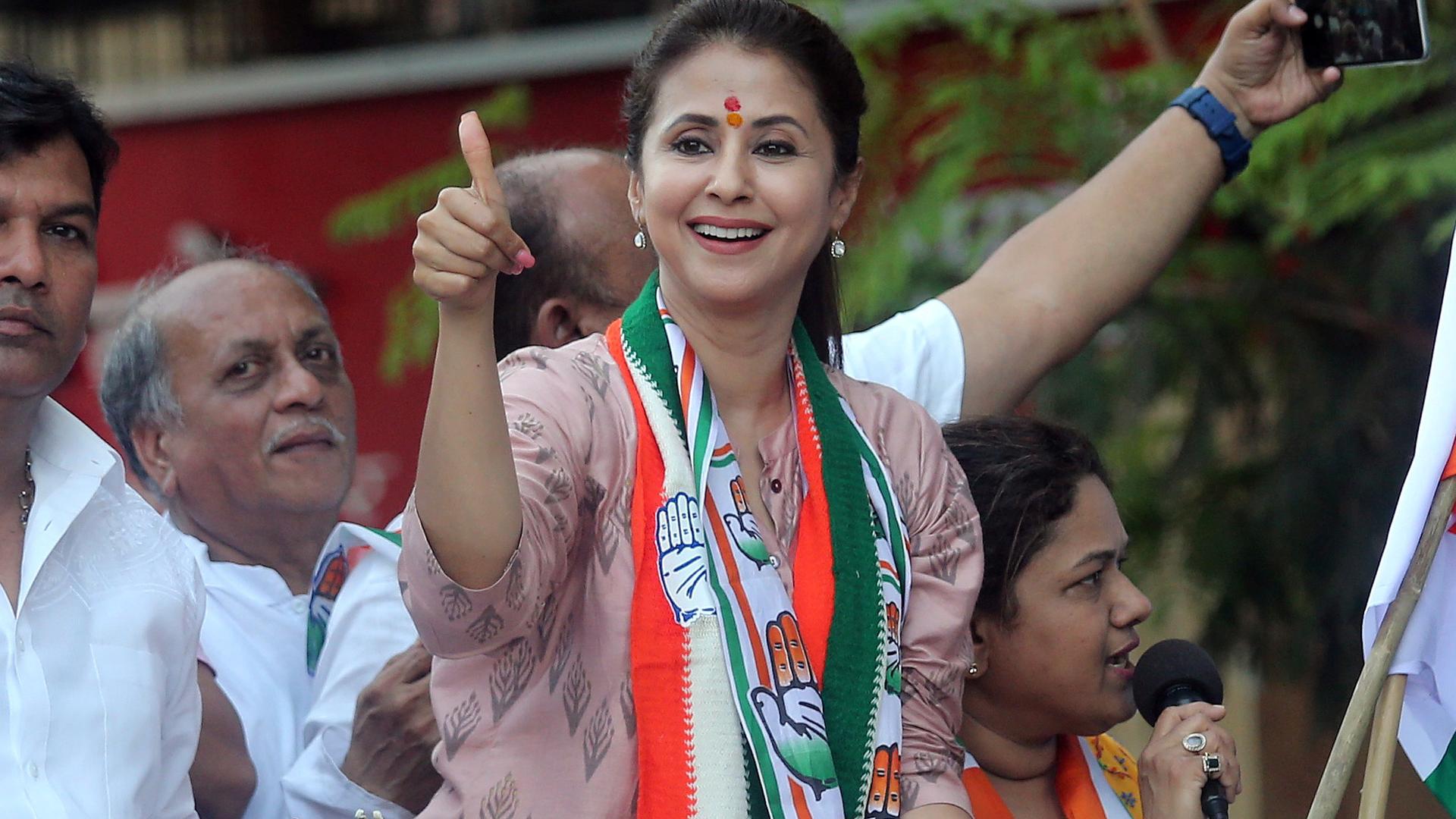Women are becoming ‘electable’ candidates in India — even when they don’t win
Urmila Matondkar, a Bollywood actress-turned-politician who recently joined India’s main opposition Congress party, gestures during her election campaign rally in Mumbai, India, April 11, 2019.
The topline takeaway from India’s sprawling general election is that Narendra Modi and the ruling Bharatiya Janata Party (BJP) won a sweeping victory.
But also that 78 women candidates — the highest ever — will be sworn in as Members of Parliament in India’s Lok Sabha.
In northern Mumbai, India’s main opposition party, the Indian National Congress (INC), supported Urmila Matondkar, a renowned actress.
And Navneet Kaur Rana, actress-turned-politician in the city of Amravati, narrowly defeated a two-time incumbent by a scant 36,951 votes. She was among eight women who won elections from Maharashtra.
Despite a constitutional provision that reserves one-third of seats for women in village governments and after almost 70 years of universal suffrage, women have been historically shut out of Indian politics. Women hold only 14% of seats in India’s Parliament.
But that’s changing. Data from consecutive elections also prove that, contrary to what’s popularly held, women candidates are a good bet because they’re “winnable.”
Related: Thousands of Bengali women in India are facing statelessness
‘The voice of all women’
Rana entered politics after marrying politician Ravi Rana, a two-time independent member of the legislative assembly (MLA) in Maharashtra. Even though another political party, the Nationalist Congress Party (NCP), backed her, it was a risk — only 0.49% of independent candidates have won elections to become members of Parliament since Indian independence in 1947.
“I am not merely raising my voice, it’s the voice of all the women of Amravati. … And if my voice is suppressed, no one will hear your [women’s] voice either.”
Rana, however, proved to be an eminent independent candidate: “I am not merely raising my voice, it’s the voice of all the women of Amravati,” Rana said in one speech. “… And if my voice is suppressed, no one will hear your [women’s] voice either.” She delivered the speech, ironically, with a hoarse voice.
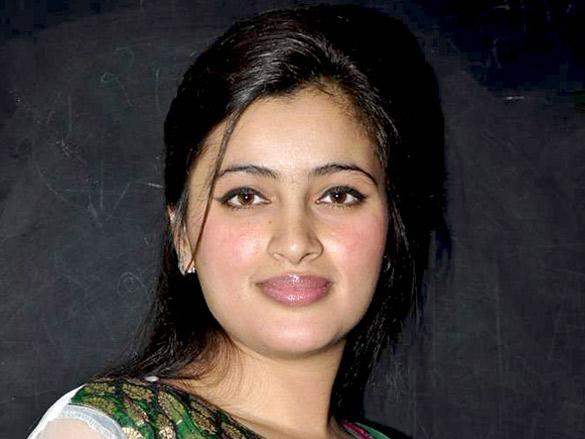
She didn’t get the airtime Matondkar did, but her campaign videos, supported by various Bollywood stars, circulated widely through WhatsApp.
Matondkar’s rallies, roadshows and door-to-door campaigns blared from several TV channels while unrelated still photos and songs from her popular films played in the background. She made the rounds on prime-time news shows, making her case as a competent legislator familiar with her constituency issues.
Matondkar lost the Mumbai (north) constituency by 465,247 votes, making her debut in politics a defeat. But afterward, Matondkar’s told India’s NDTV that she was satisfied with her race.
“I think this battle has been an absolutely glorious one for me. I’m standing here defeated, but do I look a lost person to you?” she told NDTV.
Matondkar let India know she was here to stay.
Related: How the world’s largest democracy casts its ballots
‘Millions are aspirational’
Research shows that affluent men with connections to political families are more likely to become big-party candidates (and win), and the same is true for women. But regardless of affluence and dynastic advantage, fewer women fill India’s parliamentary halls.
In this year’s elections, only 724 women candidates contested as opposed to the 7,215 male candidates — roughly one woman candidate for every 10 men.
Seventy-eight of these 724 women won.
Today, women represent 14% of India’s lower house, a slight 3% increase since 2014, when 61 of 636 women candidates won.
But numbers only say so much — they don’t tell the whole story of female participation in Indian politics. And like everything else, it begins at the grassroots level.
“… Even if 10% of women want to take their careers forward, it’s still a million women. … Millions of women are aspirational of contesting. … The problem is that they don’t get the tickets.”
As per a constitutional provision, village governments must reserve one-third of their seats for women. This reservation “has led 10 million women to be elected at the village level. Even if 10% of women want to take their careers forward, it’s still a million women,” says Tara Krishnaswamy of Political Shakti, a nonpartisan collective working toward more political power for women.
Krishnaswamy has repeatedly tackled notions that Indian women don’t have an interest in politics. She points out the fact that the number of women workers for any party runs in the millions — from the ruling BJP to the women’s wing of the Communist Party.
“Millions of women are aspirational of contesting,” she says. “The problem is that they don’t get the tickets.”
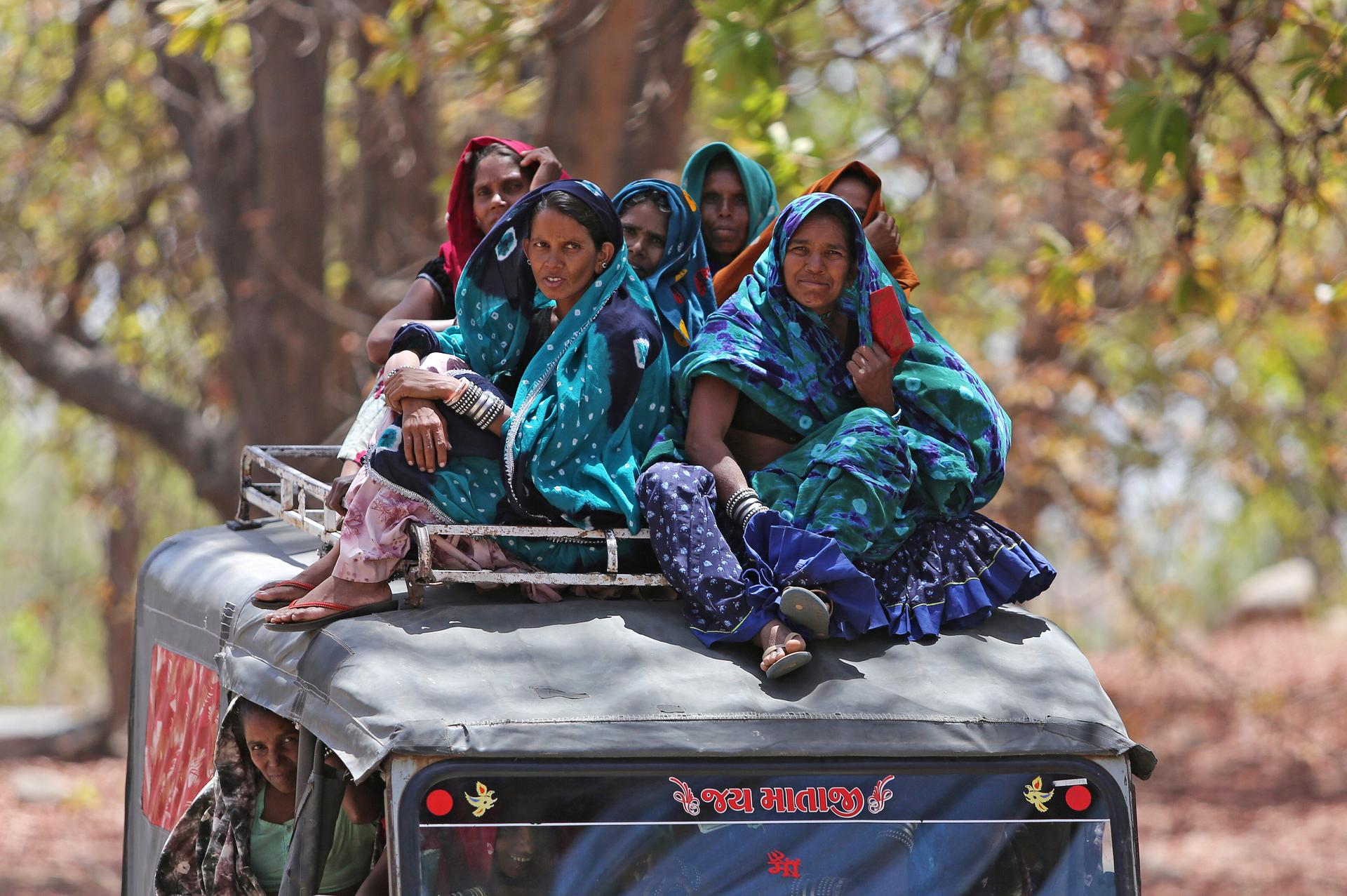
Party or candidate?
Historically, parties have fielded few women, and fewer still have been elected.
“If you count every woman member of parliament elected to the Lok Sabha … since independence, these together would not fill a single Lok Sabha of 543 directly elected seats.”
“If you count every woman member of parliament elected to the Lok Sabha … since independence, these together would not fill a single Lok Sabha of 543 directly elected seats,” writes Carole Spary, author of the book “Performing Representation” and assistant professor of politics and international relations at the University of Nottingham.
When parties do grant women tickets — such as the 8.8% women fielded in 2019 General Elections — a large number of these contests are for reserved seats, designated for “scheduled castes (SCs) and scheduled tribes (STs).”
“Parties disproportionately nominate women for seats reserved in the SCs and STs (the lower castes in Hindu religion) category,” Spary said. “It’s almost as if parties are managing to fulfill two aspects of inclusion at the same time, which leaves the general seats for higher-caste men.”
Related: Two women enter Hindu temple in India, defying an ancient ban
More women aspire to enter a political office, and more women are voting as well. In the last several decades, women voters have lagged behind men, but this difference has narrowed over time: In 2009, 60% of men and 56% of women voted. In 2014, this gap was reduced to 67% of men and 65% of women. The post-poll survey for this year shows that the voter turnout for men and women was nearly equal at 66.79% for men and 66.68% for women.
Rama Tokre, 42, a woman voter in the northeastern constituency of Mumbai, said she voted for the ruling BJP because she was happy with the party’s Ujjwala scheme which brought a liquified petroleum gas cylinder to her house. Like Tokre, many Indian voters tend to vote for parties rather than individual candidates.
Related: Is WhatsApp tipline to fight fake news in India enough?
And so, Spary says, “If parties nominate women, voters are not necessarily not going to vote for the candidate because it’s a woman, it’s about the party’s popularity among voters.”
But women can vote alike. And a loyal gender-based voting bloc, says Krishnaswamy, can be cultivated. “India has a long history of a women’s voter base that supported candidates like the late chief minister of Tamil Nadu, Jayalalithaa, who systematically nurtured this vote [bloc] through schemes and measures directed at women.”
Women, in turn, voted to keep Jayalalithaa, also an actress-turned-politician, in power.
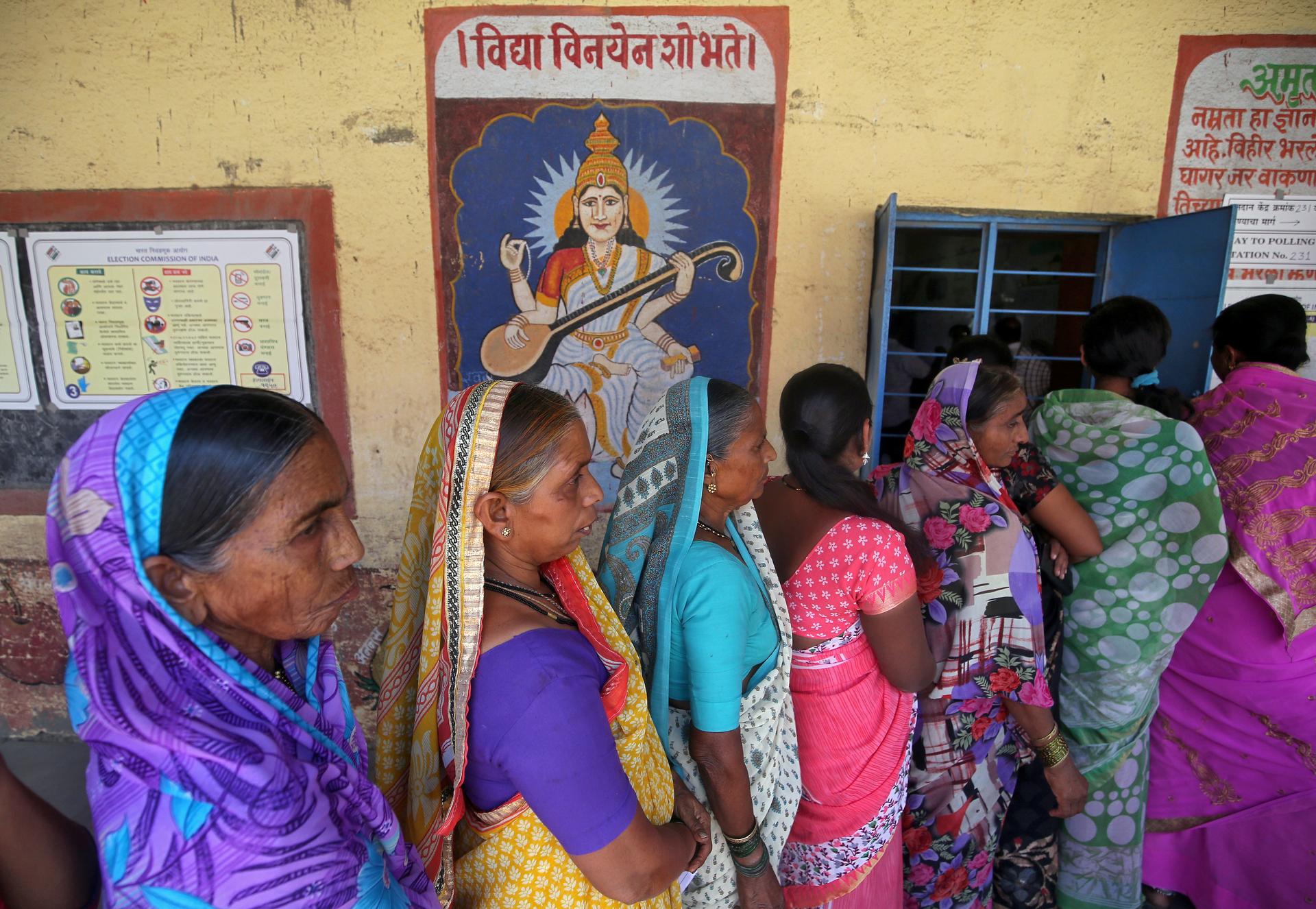
Punching above their weight
Data from the past few elections have revealed that women who do contest win at a higher percentage rate than their male counterparts.
“In 2014, roughly 8% of women were given tickets, around 10% of women won, while only 6.3% of men won,” Krishnaswamy says. (In these elections, too, 8.8% of women were given tickets out of which 10.7% won; only 6.43% of men won).
The All India Trinamool Congress (AITC) of West Bengal state fielded 41% women and Biju Janata Dal (BJD) in Odisha state fielded 33% women.
Women won nine out of 21 seats for AITC and five out of 12 seats for BJD.
The women’s winning percentage is higher, in part, because parties are risk-averse and only field the strongest candidate and partly because men, ignoring the almost-zero chance independent candidates have of winning, contest proportionately higher as independent candidates.
Still, data don’t explain everything.
States like West Bengal and Odisha have a skewed gender ratio but show a higher representation of women in politics. Conversely, India’s most progressive and literate state of Kerala that has more women than men not only sees fewer women contesting but is also sending only one woman to the parliament.
Spary says that the answer might lie in figuring out how state parties include or exclude women and in “understanding state-specific resistance by those dominant for women in politics.”
What’s worrisome is that for a country that implemented universal suffrage nearly 70 years ago, women represent only 14% of its parliament.
Spary forecasts that on the basis of the historical average of a 10% increase each election, it would take 40 years to get up to 33% women in Parliament.
That’s a long time.
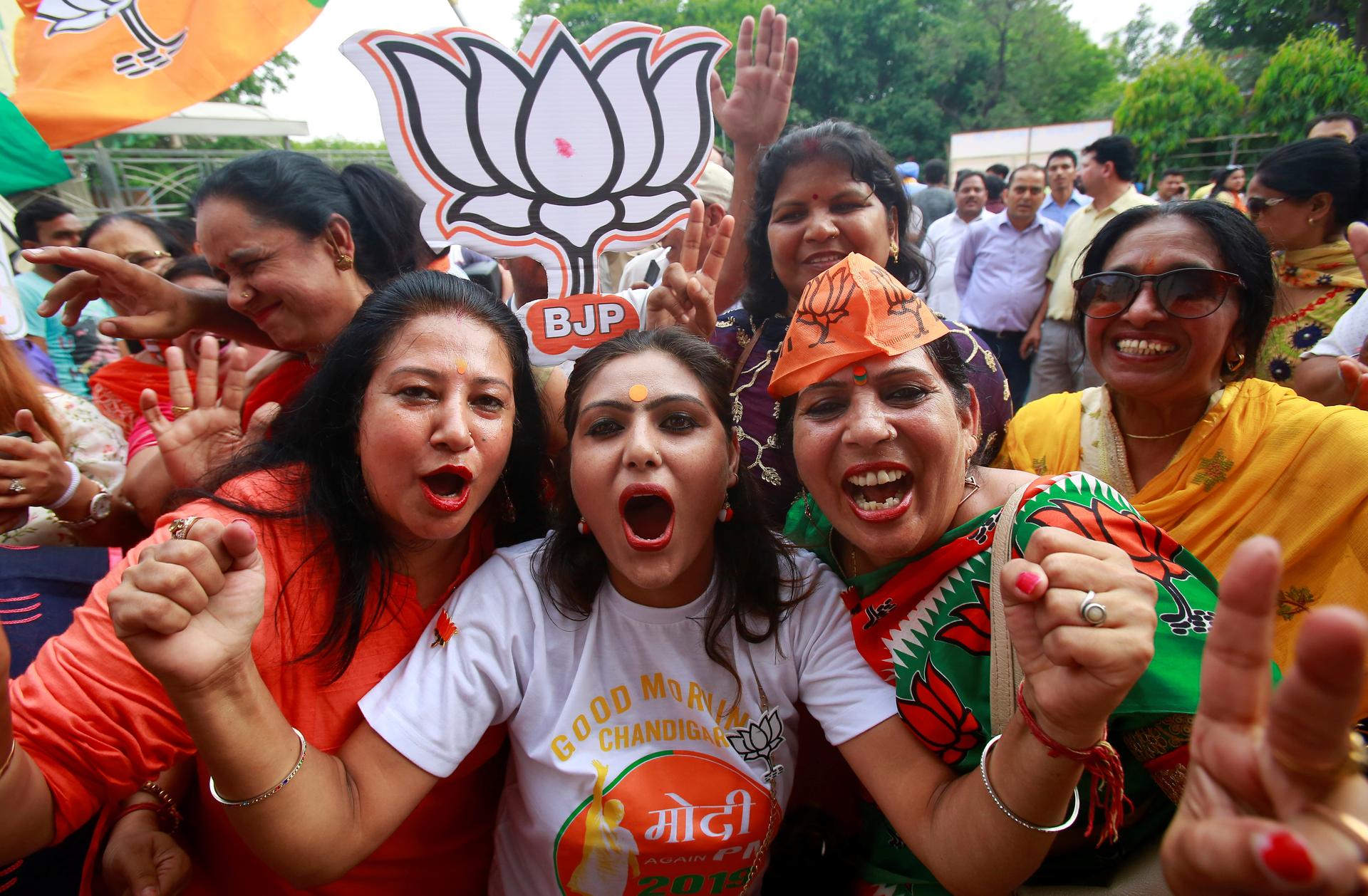
A few difficult solutions present in the interim: One option is understanding — and relaxing — the bottlenecks that prevent women from contesting. Affirmative action, which has staunch supporters, is another.
A women’s Reservation Bill, which extends a 33% reservation to women in the lower house of Parliament, often features on party manifestos, but consecutive governments have failed to pass it.
This time, too, the BJP manifesto made this promise to women — as they had in 2014 — but whether the party fulfills it remains to be seen.
